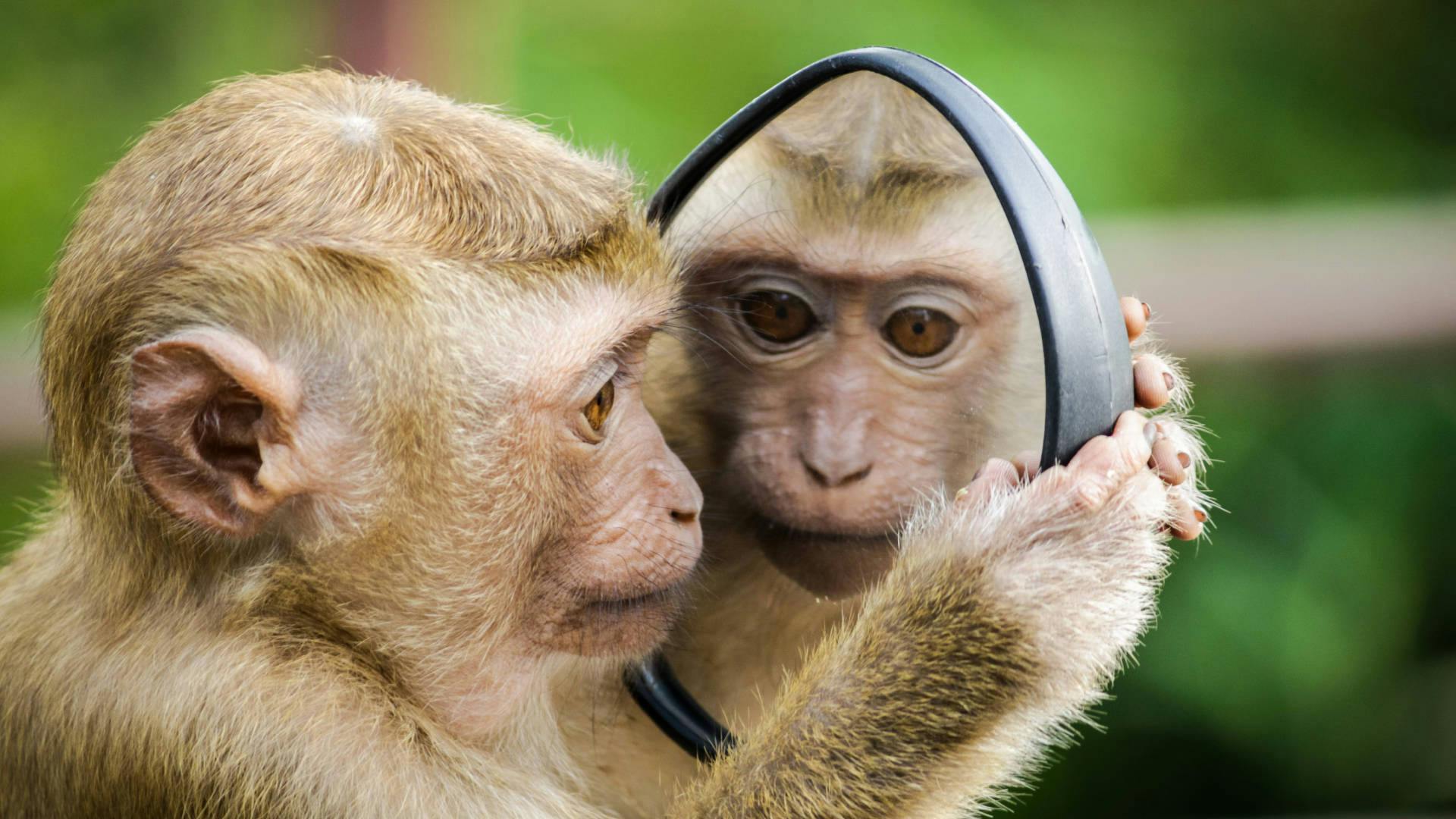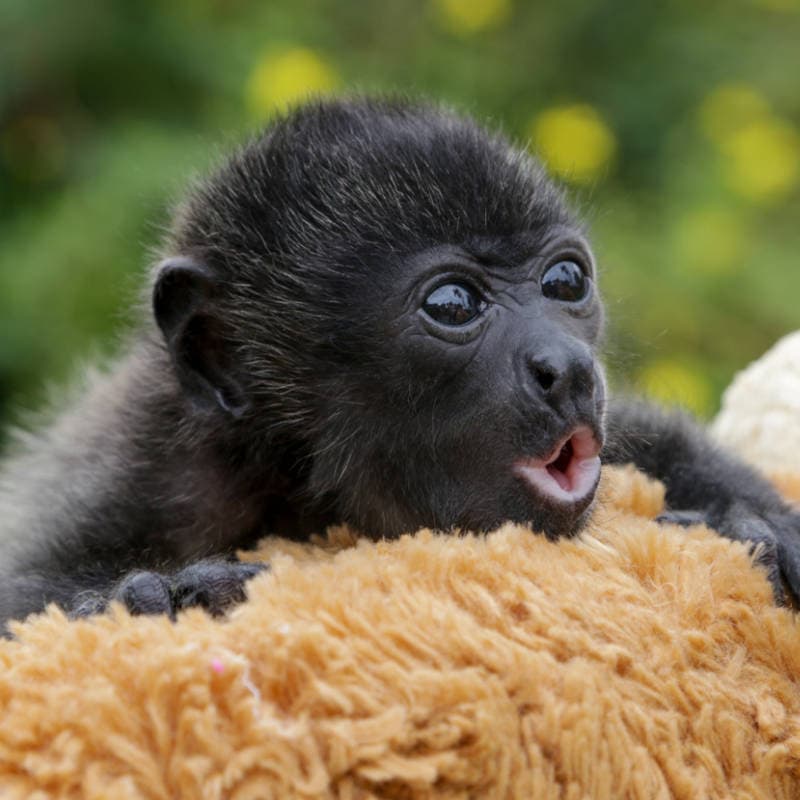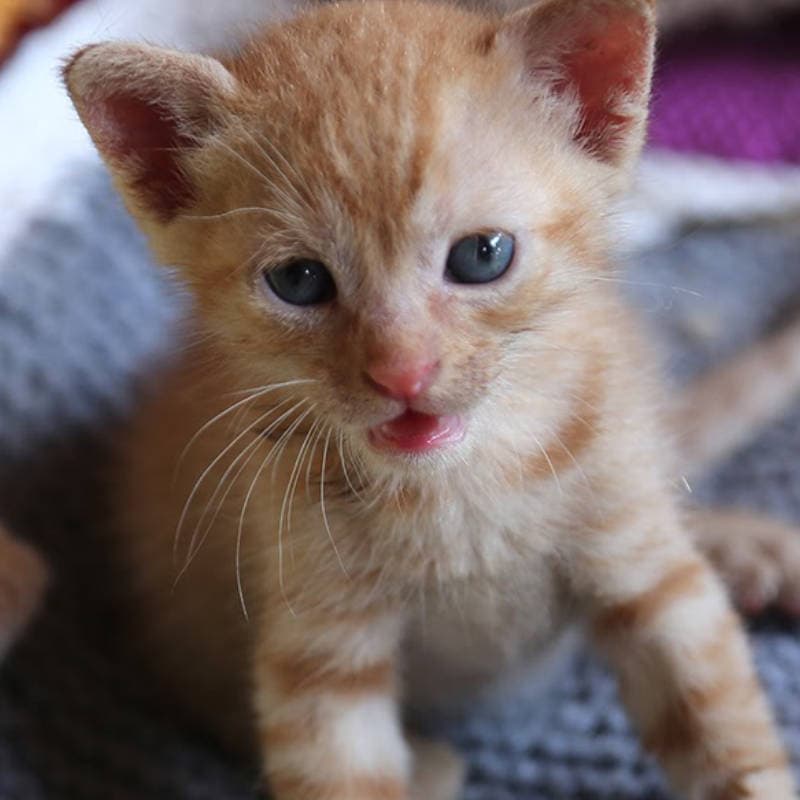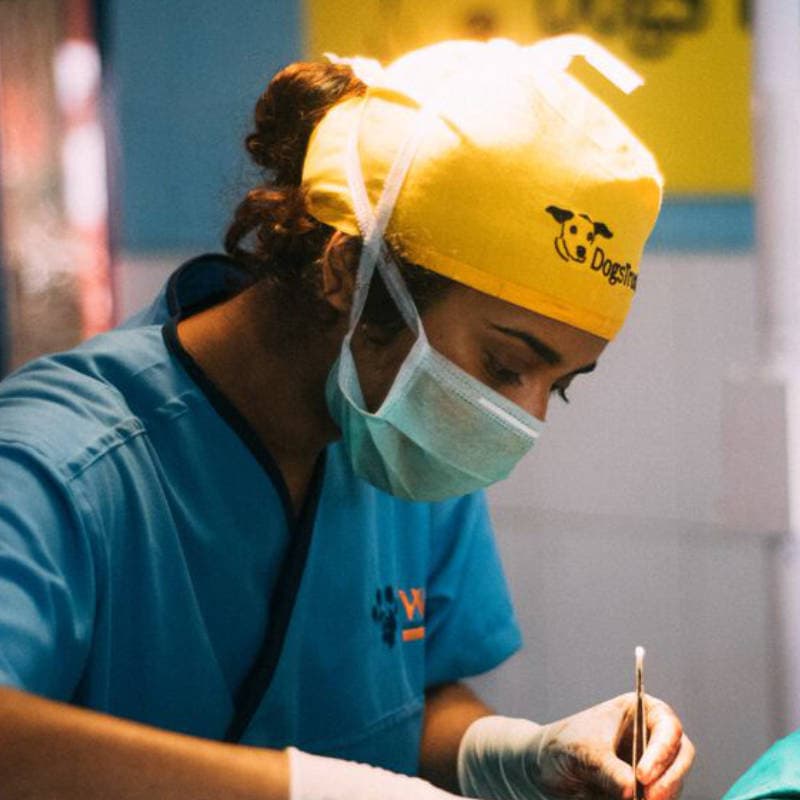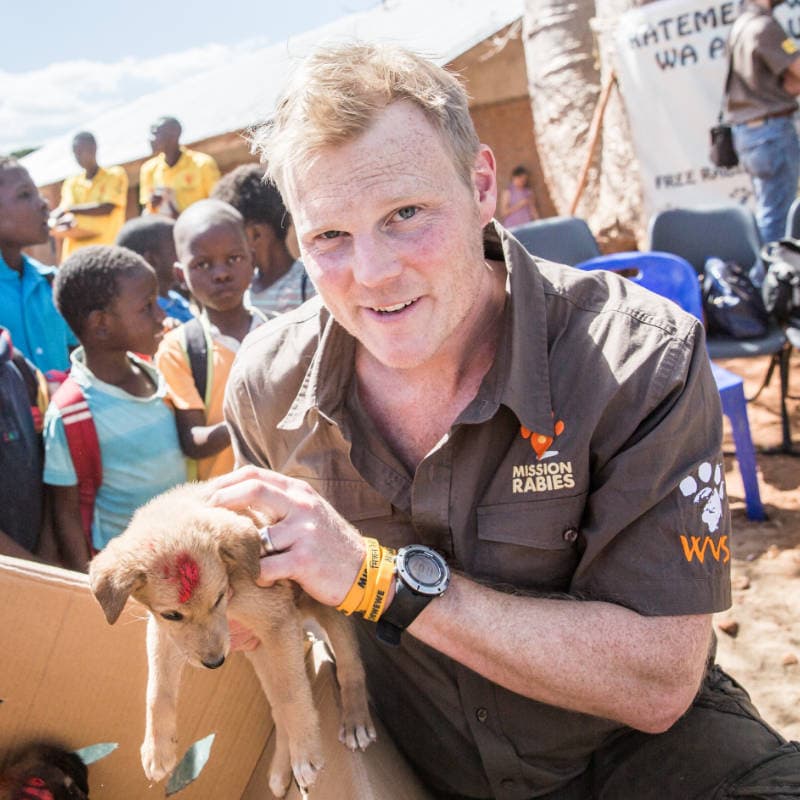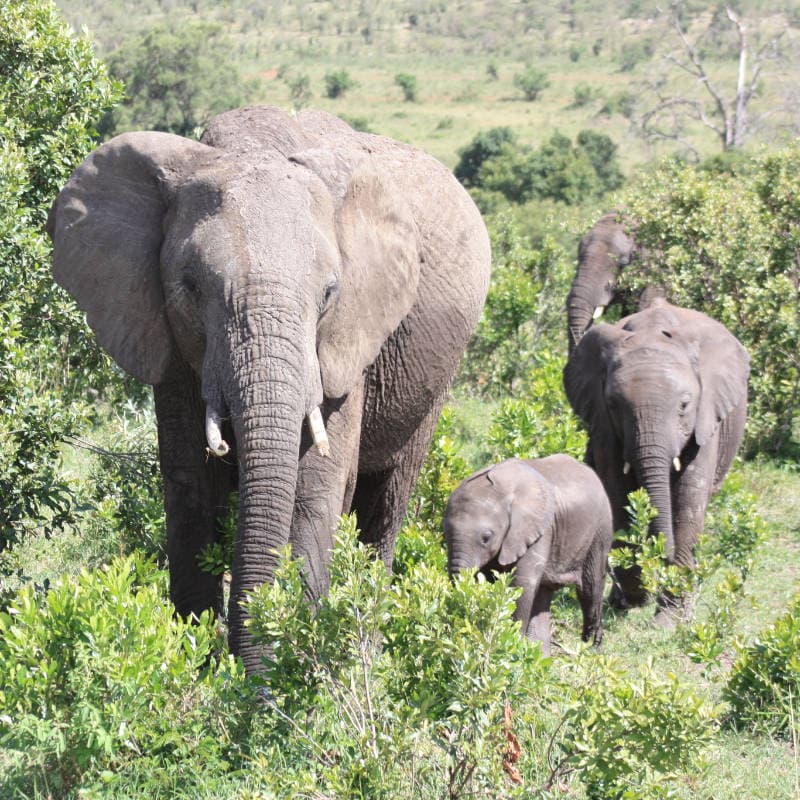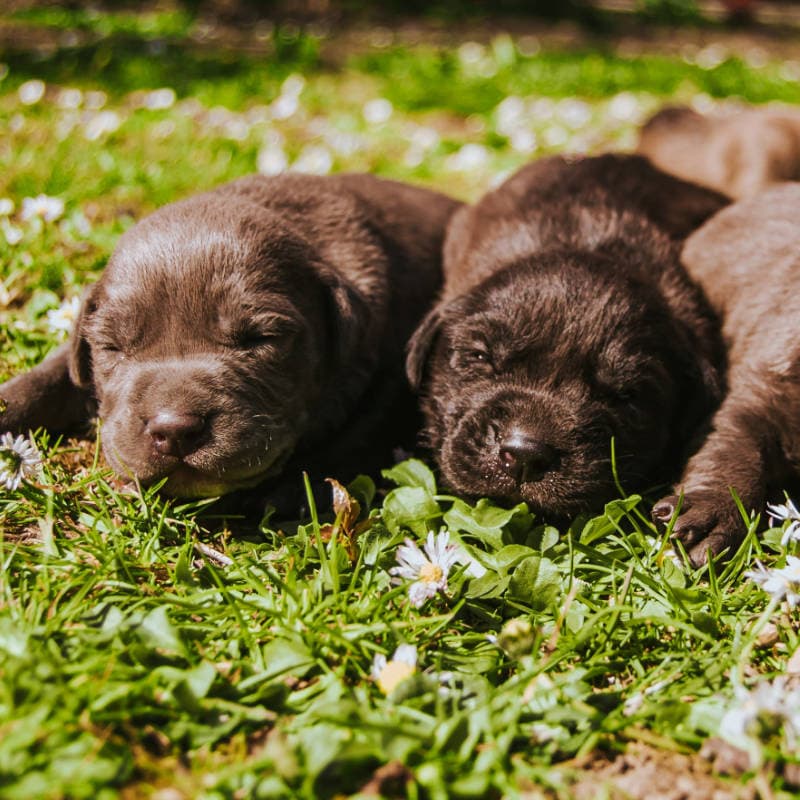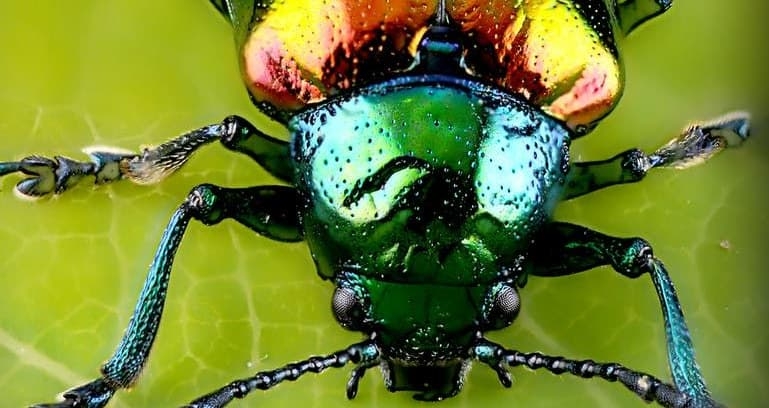
Boneless Animals
Did you know, 95% of animals don't have any bones in their body at all! So how do they support and protect themselves?
Exoskeletons
As humans, our skeleton is really important for our survival! It's what keeps us upright and allows us to move.
But animals that don't have any bones at all instead have a protective outer layer a bit like armour. It's called an exoskeleton.
As well as supporting and protecting the animal, it also acts as a watertight barrier that stops the creature from drying out. It can also create a layer of toxins or chemicals on the outside of its exoskeleton to scare off predators.
However, unlike our bones which grow as we get bigger, an exoskeleton cannot change size or shape. This means that when an animal has outgrown its exoskeleton, it sheds it to make room for a new one!
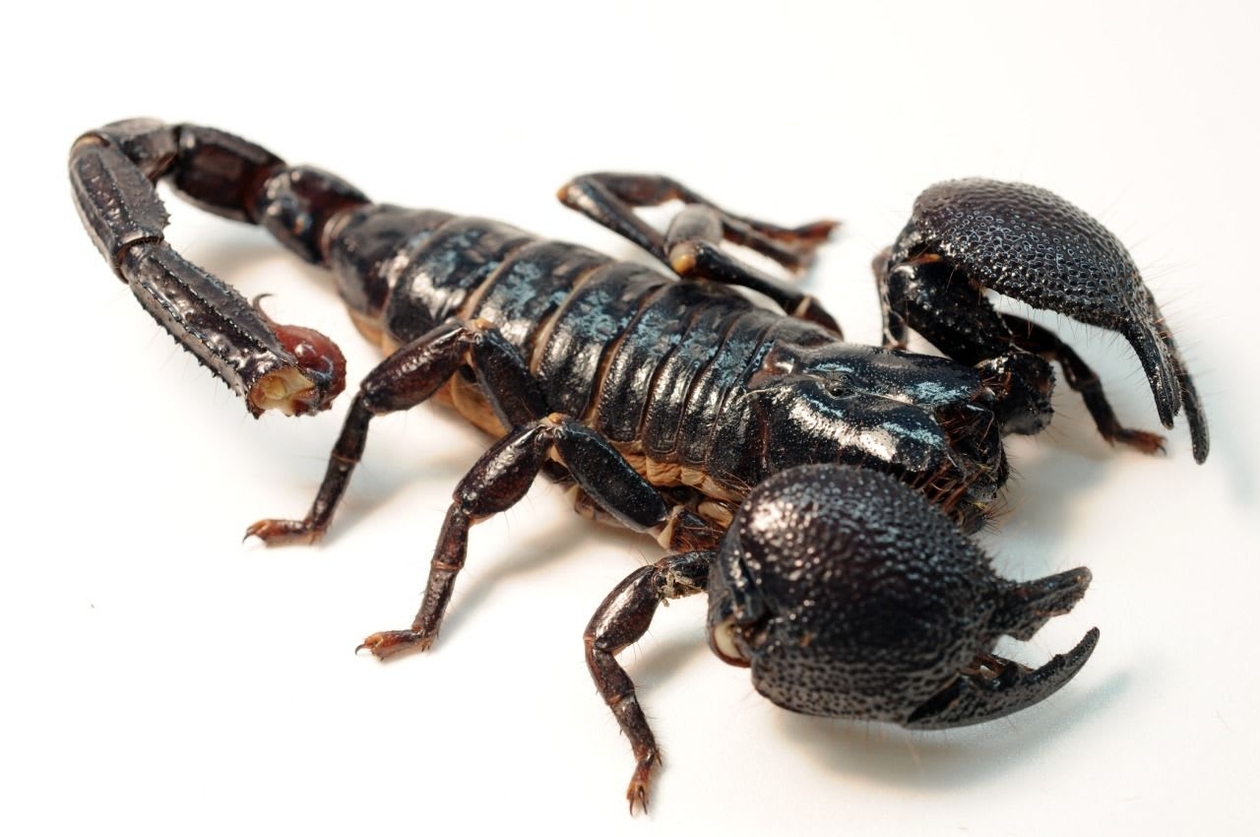
Scorpion
Baby scorpions start life small and squishy, but their exoskeleton soon develops. It also glows brightly under an ultraviolet light! Awesome!
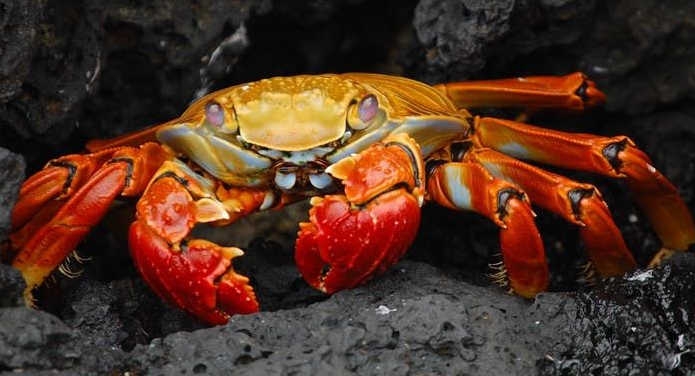
Crab
Crabs have big protective plates on their back, which are also very useful for camouflage when surrounded by coral!
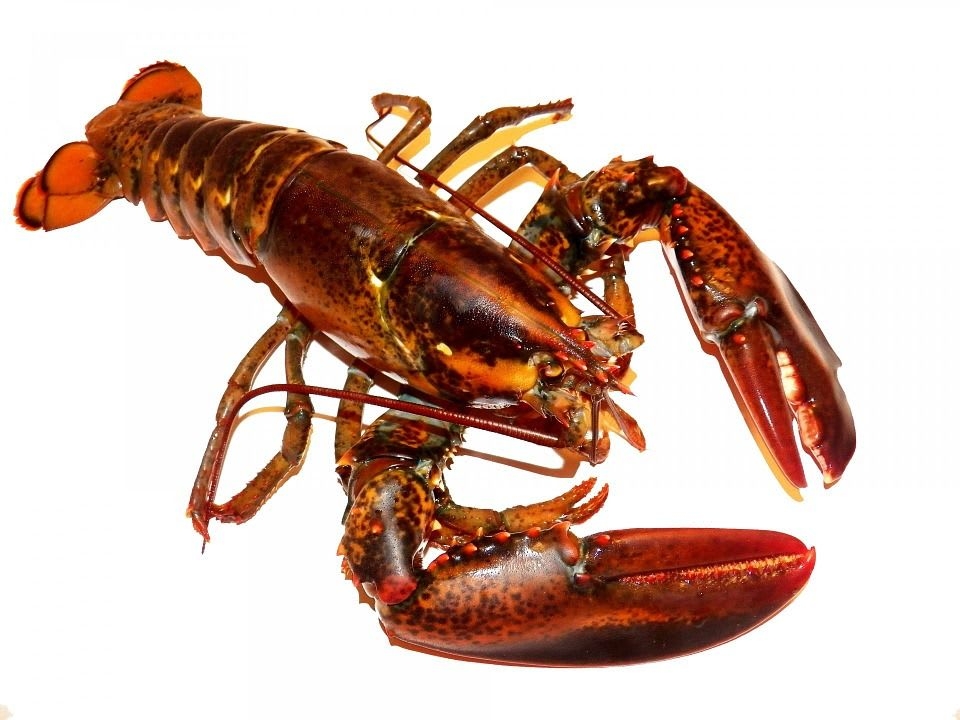
Lobster
A lobster's exoskeleton is made up of calcium, which is in our bones too! However, the lobster's is made up of lots of smaller plates. It also turns a bright red when exposed to heat!
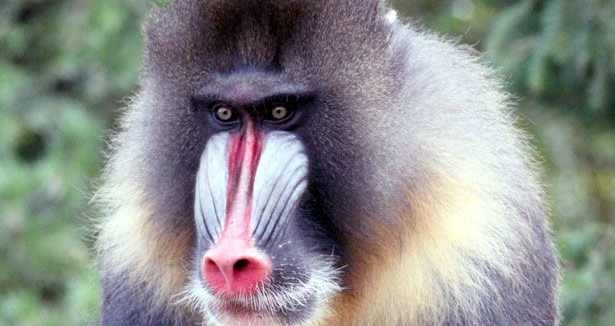
Why do mandrills have colourful faces?
Have you ever thought about what these colourful markings could mean? Let's find out!
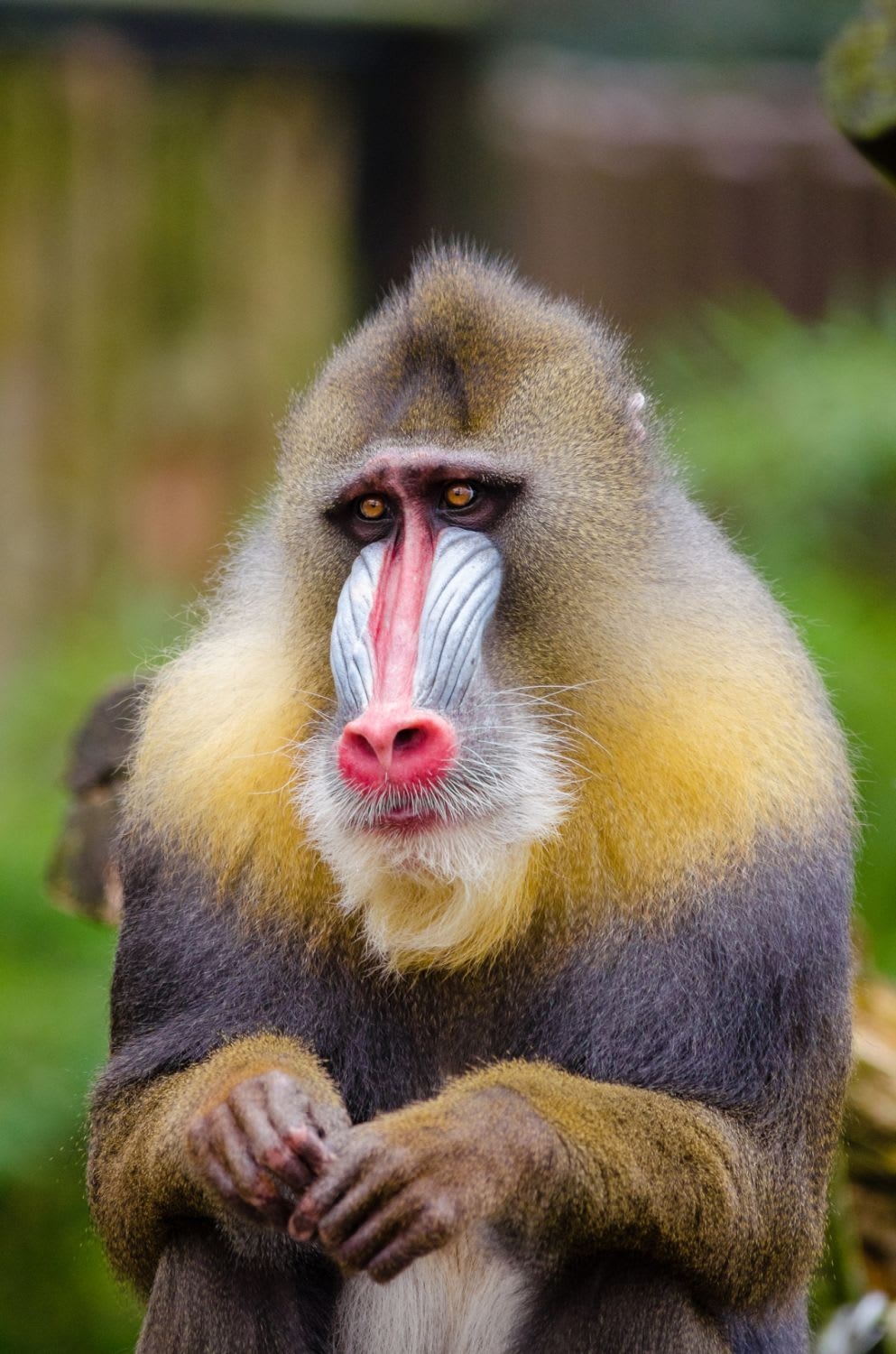
Male mandrills develop brilliantly coloured faces as they produce more testosterone with age, and the high ranking males have the brightest faces of all to let the other mandrills know who’s boss.
Mandrills are the biggest species of monkey with males reaching heights of 65 centimetres and they explore the forests of central Africa in groups of up to 600. In the darkness of the trees, their vivid faces and bottoms help mandrills follow each other and ensure no monkey gets left behind.
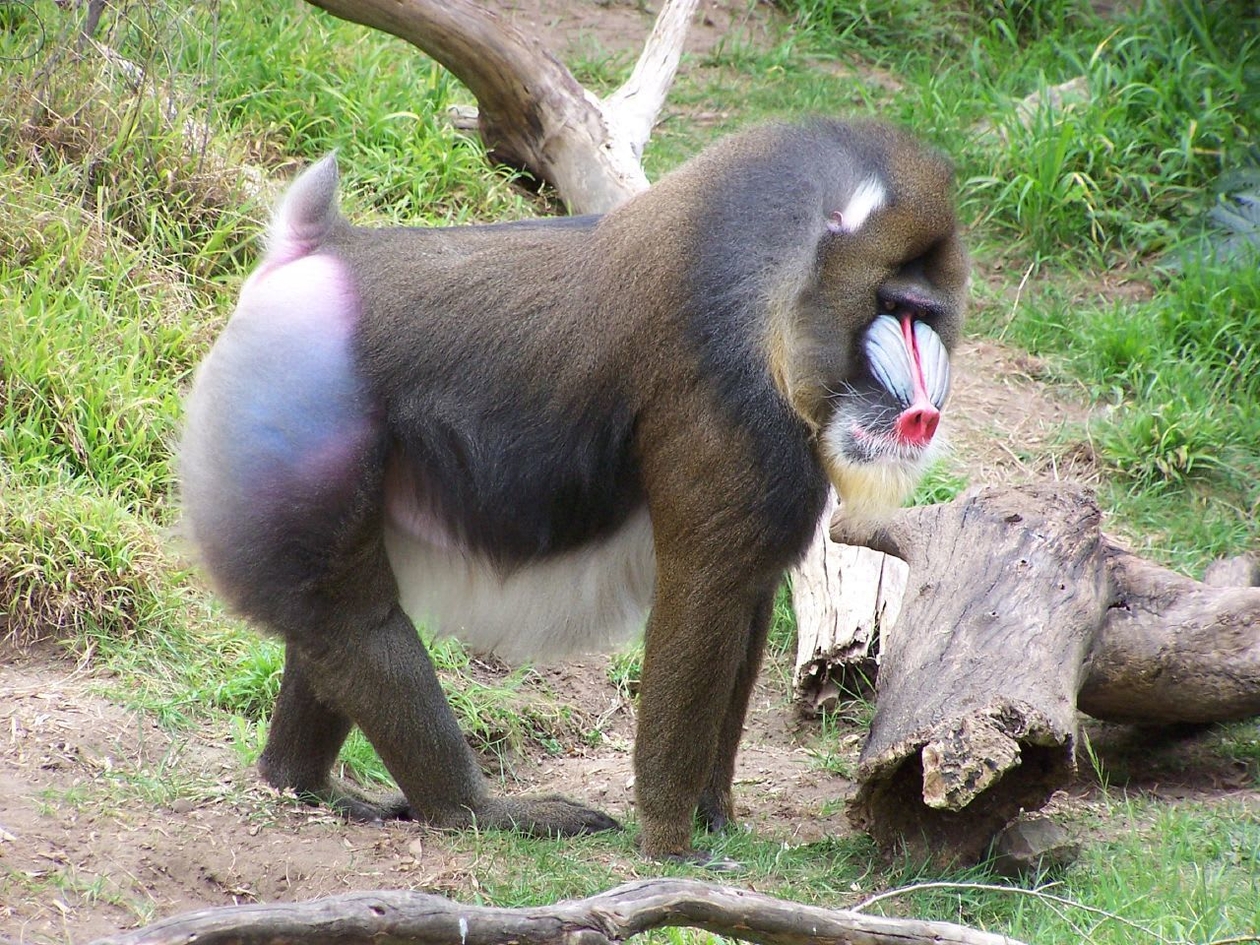
The electric blue and scarlet face of a dominant male mandrill tells females that he is a fantastic partner and will produce the strongest babies.
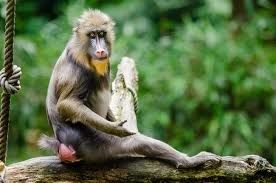
Females have some colour on their faces too. Her face and bottom flush a deep pink to tell the male monkeys when she is ready to mate.
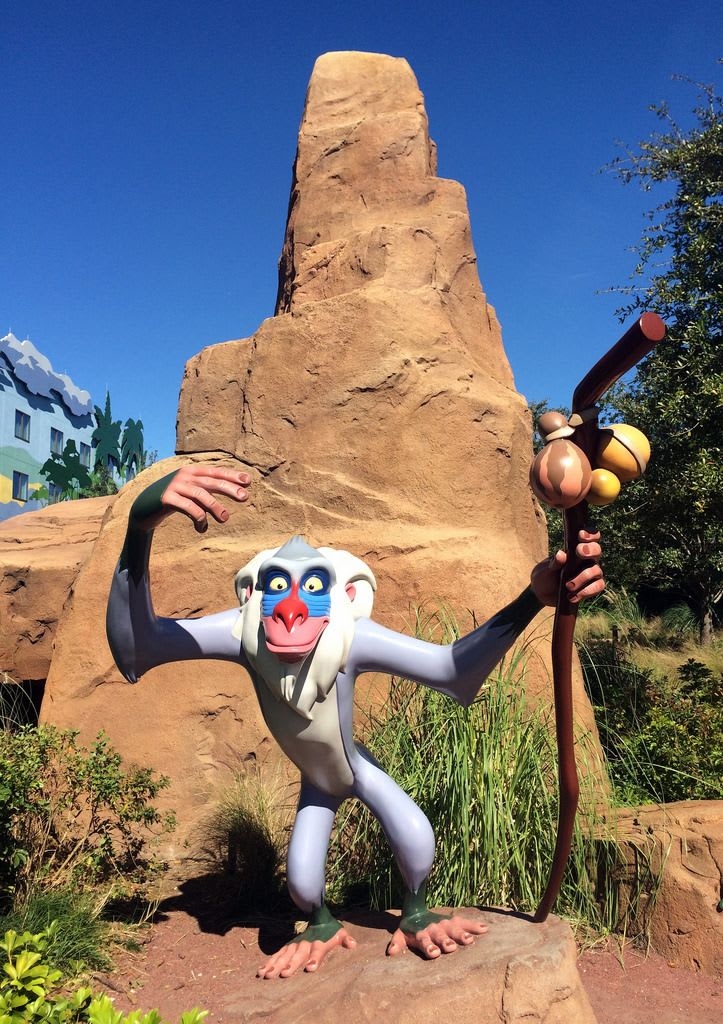
You may recognise these creatures from Disney's The Lion King! Rafiki, the wise old monkey who guides Simba is in fact a mandrill!
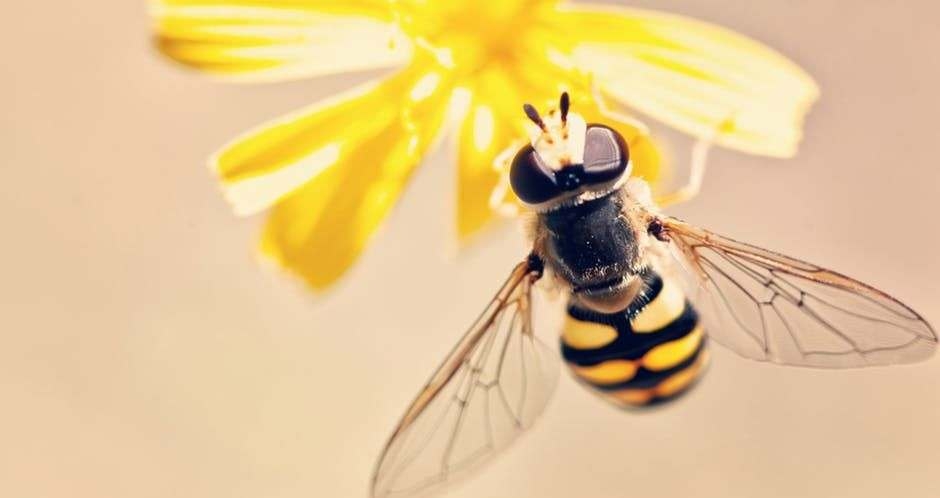
How to attract bees into your garden
Your garden can be a haven for all sorts of wildlife, big and small! Let's find out how to get more buzzy bumblebees into your garden
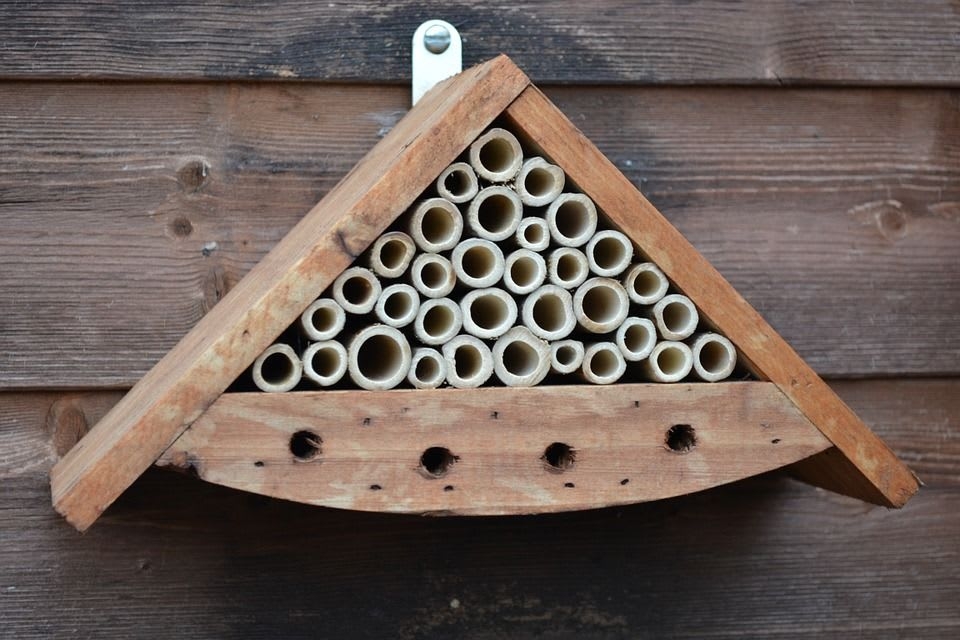
Build a Bee Hotel
Get an adult to help you build or find a wooden frame. Then collect a variety of hollow stems, bamboo canes,reeds, twigs or cardboard and paper straws and stack them up inside the frame! This will tempt bees into the hollow tubes and give them a great hiding place!
Fasten your bee hotel onto a fence off the ground and ideally in a south facing direction so it stays nice and warm in the sun!
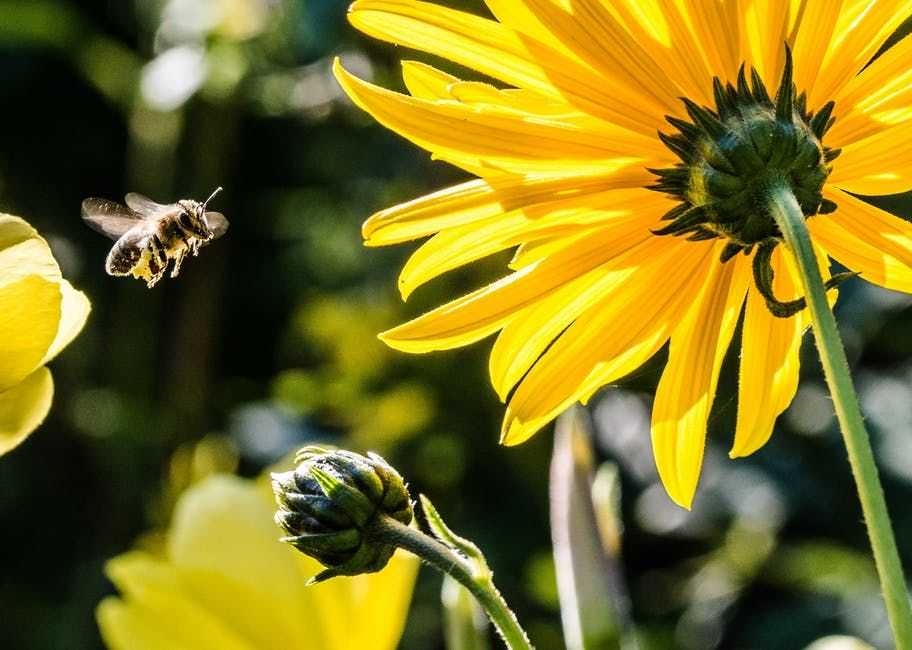
Plant bee friendly flowers
Wild flowers and brightly coloured plants attract bees which are vital for pollination.
This helps the plant to spread its seeds and create more beautiful flowers! Also make sure there are different plants flowering all year round so the bees always have some flowers to go to!
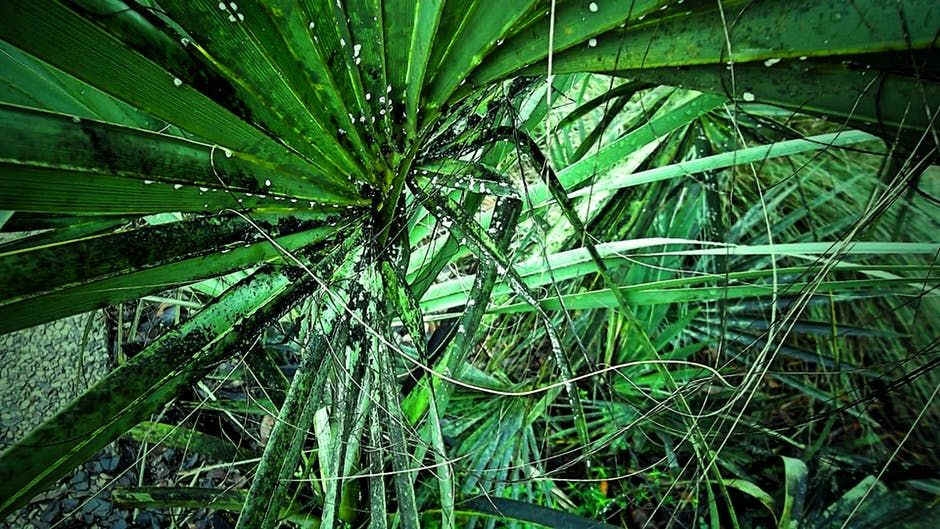
Leave some weeds
Leave an overgrown patch of grass and weeds if possible so that bees have an area to dive into when they need it. This natural area of plants will also help for nesting!
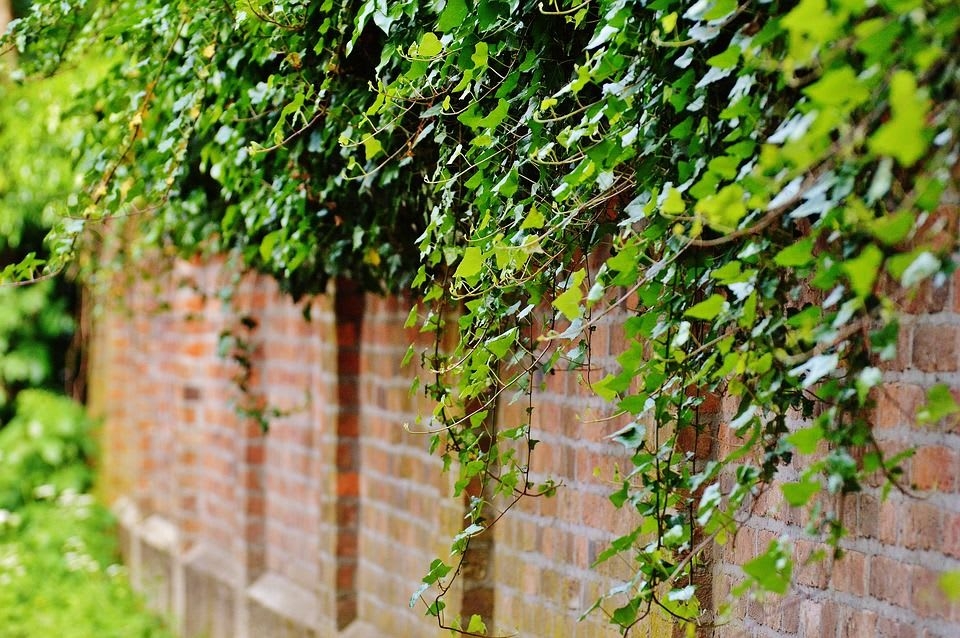
Climbing plants
Plant some climbing plants along a fence, wall or trellis such as ivy to attract even more insects to shelter within it!

